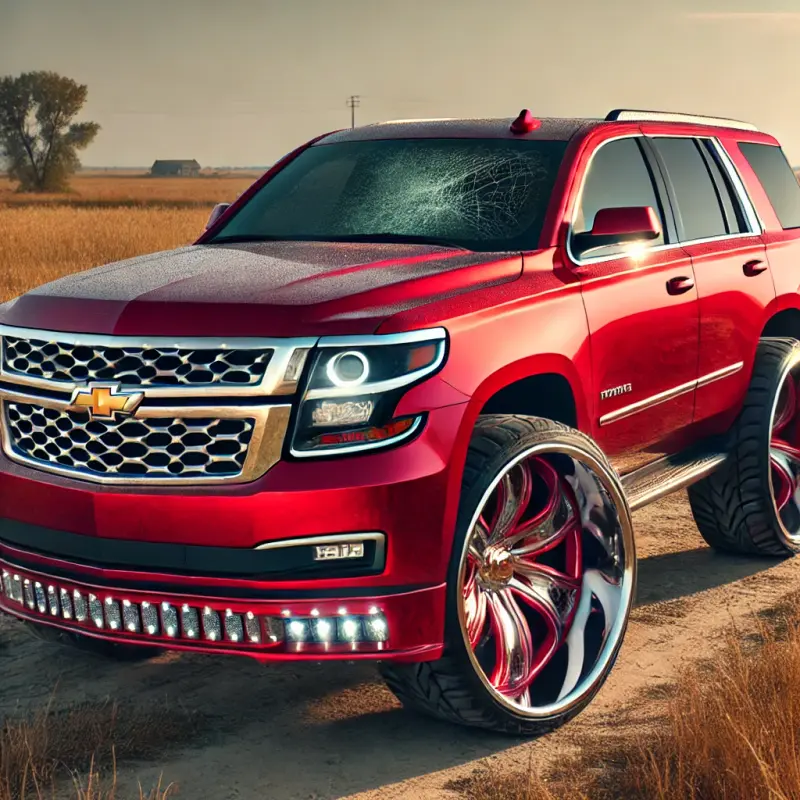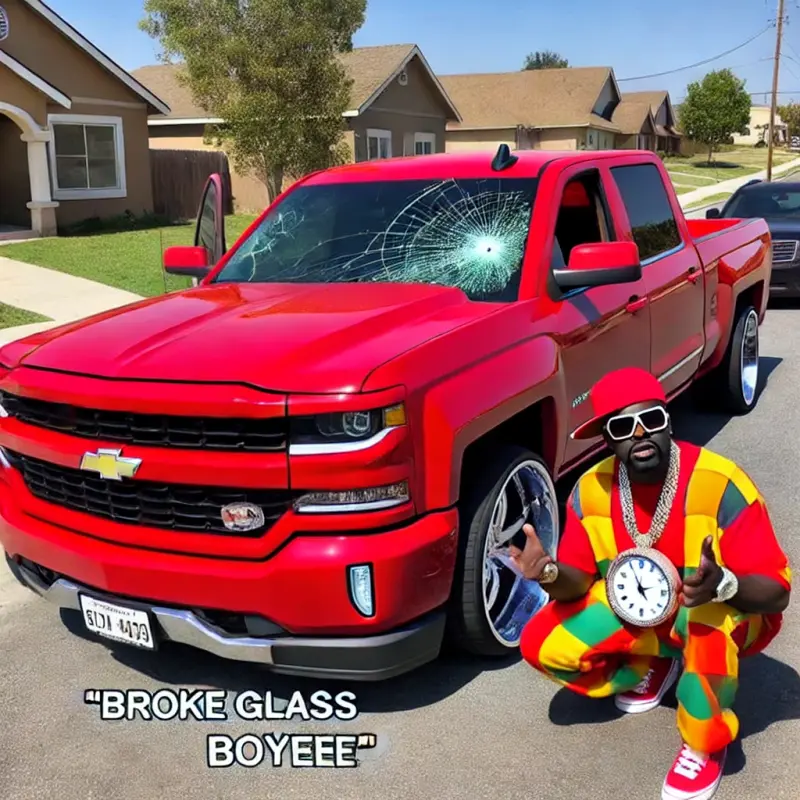Introduction
When it comes to automotive safety, the materials used in windshields play a pivotal role. Among these materials, laminated glass stands out as the material of choice for modern windscreens. Why is that? Well, laminated glass offers an array of benefits that not only enhance driver visibility but also improve overall safety on the road. In this article, we’ll dive deep into what makes laminated glass ideal for modern windscreens. We'll explore its features, advantages over traditional glass types, and much more.
What Makes Laminated Glass Ideal for Modern Windscreens?
Laminated glass consists of two or more layers of glass bonded together with a plastic interlayer, usually made from polyvinyl butyral (PVB). This unique construction provides several key advantages:
Safety: The primary reason laminated glass is favored in modern vehicles is its ability to hold shattered pieces together upon impact. If a rock hits your windshield, instead of shattering into dangerous shards, the glass remains intact, reducing the risk of injury.
UV Protection: Laminated glass blocks up to 99% of UV rays from the sun. This not only protects passengers’ skin but also prevents interior upholstery from fading over time.
Acoustic Insulation: The PVB layer serves as a sound barrier, significantly reducing noise from the outside environment. This makes for a quieter ride and enhances overall comfort.
Enhanced Visibility: Laminated windshields are less prone to distortion compared to tempered glass options. This clarity can make a significant difference during adverse weather conditions or nighttime driving.
Improved Durability: While no material is entirely shatterproof, laminated glass is known for its resistance against impacts and abrasions, making it more durable in everyday use.

Regulatory Compliance: In many countries, regulations require laminated glass for front windshields due to its enhanced safety features.
Understanding these advantages helps clarify why many manufacturers opt for laminated glass when designing modern vehicles.
The Composition of Laminated Glass
Layers at Play
Laminated glass consists mainly of three components:
- Outer Layers of Glass: Typically made from annealed or tempered glass. Interlayer Material: Usually PVB or another similar polymer. Additional Coatings (Optional): Manufacturers may add coatings for scratch resistance or other specialized functions.
How It’s Made
Laminated glass undergoes a unique manufacturing process involving heat and pressure:
The outer layers of glass are cut to size. The interlayer is sandwiched between these layers. Heat and pressure are applied to bond everything together. The finished product undergoes quality checks before being shipped out to auto manufacturers.This meticulous process ensures that every piece of laminated glass meets strict industry standards for safety and performance.
Benefits Over Traditional Glass Types
Comparative Safety Features
When comparing laminated glass with traditional tempered or non-laminated glasses, it becomes evident that laminated options offer superior safety features:
- Tempered Glass: While it breaks into small pieces upon impact, it doesn't hold together like laminated options do. Non-Laminated Glass: Offers no protection against shattering or UV rays.
In essence, if you’re looking at auto glass replacement options, laminated windshields stand tall as champions against their counterparts.
Cost vs Benefit Analysis
While laminated windshields may come at a higher initial cost than traditional options, their long-term benefits far outweigh this investment:
| Feature | Laminated Glass | Tempered Glass | |-----------------------|--------------------------|-------------------------| | Safety | High | Moderate | | UV Protection | Yes | No | | Noise Reduction | Significant | Minimal | | Cost | Higher | Lower |
Overall, opting for laminated windshields can be seen as an investment in safety and comfort rather than just an expense.
Applications Beyond Automobiles
Architecture and Construction
Laminated glass isn’t just limited to automotive applications; it’s widely used in architecture too! Its strength and acoustic properties make it ideal for high-rise buildings and homes where noise reduction is desired.
Marine Applications
Interestingly enough, you’ll find laminated glass used in boats as well! It provides similar benefits concerning safety and UV protection while ensuring that passengers remain comfortable during their voyage on the water.
Environmental Considerations
Sustainability Aspects
As society becomes increasingly aware of environmental issues, it's essential to consider how products like laminated glass align with sustainability goals:
- Recycling Options: While recycling laminated glass can be challenging due to the bonding layers involved, advancements are being made in this area. Reduced Energy Consumption: Laminated windows can improve energy efficiency by minimizing heat transfer—keeping your vehicle cooler in summer months!
In choosing products Hillsborough Auto Glass Replacement like laminated windscreens, consumers contribute positively towards environmental sustainability by opting for energy-efficient solutions built for longevity.
Technological Advancements in Laminated Glass Manufacturing
Smart Windshield Innovations
Recent technological advancements have introduced smart features integrated into laminated windshields! These include heads-up displays (HUDs) that project vital driving information directly onto the windshield surface without distracting drivers.
Self-Healing Technologies
Can you imagine a scratch on your windshield disappearing all by itself? Some manufacturers are exploring self-healing technologies that could revolutionize how we maintain our vehicle's visibility!
FAQs
1. Why should I choose laminated over tempered glass for my windshield?
Laminated glass offers superior safety by preventing shattering upon impact while also providing UV protection and noise insulation—features tempered glasses don't provide equally.
2. Is auto glass replacement necessary if my windshield has minor cracks?
If cracks obstruct your view or affect structural integrity—yes! A professional inspection will determine if repair or full replacement is required based on damage severity.
3. Can I install a new windshield myself?
While DIY kits exist on the market today; it's highly recommended you consult professionals due to potential risks involved—such as improper sealing leading to leaks!

4. How often should I replace my windshield?
Typically speaking; if there’s visible damage affecting visibility—replacement should occur immediately; otherwise routine inspections can help detect wear before critical failures happen!
5. What do I need to know about insurance coverage for windshield replacement?
Many insurance policies cover full replacements depending upon circumstances surrounding damages incurred; reviewing terms ahead of time ensures smoother claims processing later down line!

6. Are there any special maintenance tips I should follow after replacing my windshield?
Avoid slamming doors which could dislodge seals; refrain from washing car until adhesive fully cures (usually within 24 hours); finally always monitor conditions closely after installation!
Conclusion
In summary, understanding what makes laminated glass ideal for modern windscreens unravels many compelling reasons behind its popularity among automakers today—from enhanced passenger safety through reduced external noise pollution right down improved durability against everyday wear-and-tear factors too! As we advance towards smarter vehicles equipped with innovative technologies—the role played by quality materials like laminated glasses will undoubtedly become even more significant moving forward into tomorrow’s automotive landscape! So next time you find yourself needing auto-glass replacement remember this valuable insight—it might just save your life one day!